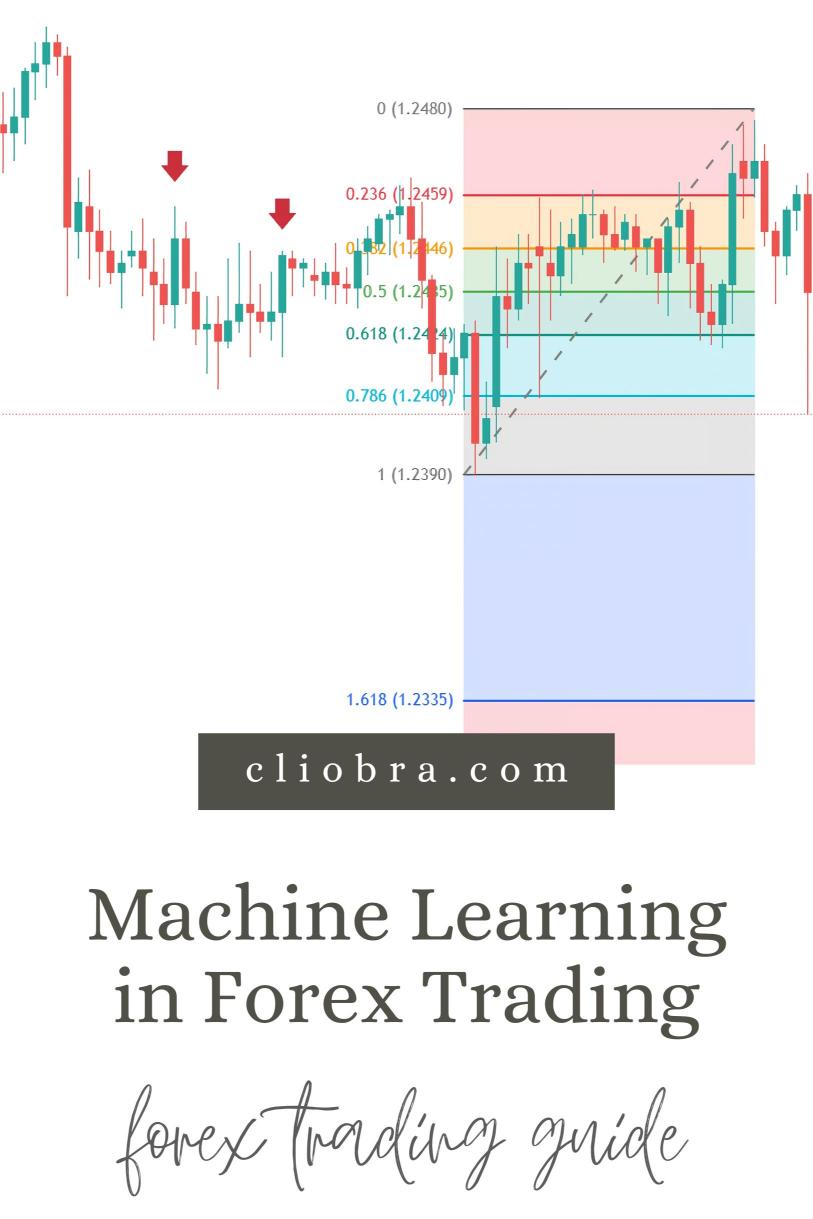Last Updated on February 8, 2025 by Arif Chowdhury
As a seasoned Forex trader since 2015, I get it.
You might be wondering:
How can I leverage machine learning without diving into complex coding?
It’s a common concern.
Let’s break it down together.
The Power of Machine Learning in Forex Trading
Machine learning is like having a crystal ball in your trading arsenal.
It can analyze massive datasets, identify patterns, and even predict price movements.
Did you know that 90% of Forex traders lose money?
What if you could tilt those odds in your favor?
Let’s explore how to do just that.
Step 1: Use No-Code Platforms
No-code platforms are a game changer.
They allow you to build and deploy machine learning models without writing a single line of code.
Here are some popular options:
- Google AutoML
- Microsoft Azure ML
- DataRobot
These platforms provide user-friendly interfaces.
You can drag and drop your data, select algorithms, and train your models with ease.
Step 2: Gather and Prepare Your Data
Data is the fuel for machine learning.
You can source historical Forex data from various platforms.
Here’s how to get started:
- Select Currency Pairs: Focus on 3-4 pairs like EUR/USD, GBP/USD, USD/CHF, and USD/JPY.
- Collect Historical Data: Aim for at least 5-10 years of data.
- Clean Your Data: Remove any inconsistencies or missing values.
Statistically, a well-prepared dataset can improve model accuracy by up to 40%.
Step 3: Choose the Right Algorithms
Not all algorithms are created equal.
For Forex trading, consider these popular algorithms:
- Linear Regression: Great for trend prediction.
- Decision Trees: Useful for classification tasks.
- Random Forests: Excellent for handling large datasets with many variables.
These algorithms can help you identify profitable trading signals from your data.
Step 4: Backtest Your Models
Backtesting is crucial.
It allows you to see how your model would have performed in the past.
- Use historical data to simulate trades.
- Analyze the performance metrics like win rate and drawdown.
I’ve backtested my own trading bots over the past 20 years, and they perform excellently under harsh conditions.
This kind of rigorous testing can save you from costly mistakes.
Step 5: Automate Your Trading
Once you’ve trained and backtested your models, it’s time to automate.
Integrate your machine learning model with a trading platform.
Many no-code platforms offer API integrations that allow you to execute trades automatically.
This means less time in front of your screen and more time enjoying life.
Step 6: Monitor and Adjust
The market is always changing.
Regularly monitor your model’s performance.
- Look for signs of degradation in performance.
- Adjust your algorithms and retrain with new data as necessary.
A proactive approach can keep your trading strategy relevant and profitable.
Real-Life Example
Let me share a quick story.
A friend of mine started using machine learning in his trading.
He used a no-code platform to build his model focused on EUR/USD.
By backtesting his strategy, he found a profitable edge that he could trade consistently.
His success wasn’t just a fluke; he adapted and refined his approach over time.
Now, he’s consistently profitable, thanks to machine learning.
Why Consider My Trading Bots?
As you embark on this journey, consider leveraging technology to enhance your trading.
My exceptional trading bot portfolio comprises 16 diverse algorithms across major currency pairs, including EUR/USD, GBP/USD, USD/CHF, and USD/JPY.
Each bot is specially designed to minimize risk and maximize gains, giving you a robust trading experience.
You can learn more about my bots and how they work by visiting here.
Choose the Right Forex Broker
To successfully implement machine learning in Forex trading, it’s essential to have a reliable broker.
I’ve tested the best Forex brokers, and you can find my top recommendations at this link.
It’s crucial to have a broker that offers tight spreads, fast execution, and excellent customer support.
Conclusion
You’ve got the tools to get started with machine learning in Forex trading without any coding.
Just remember to:
- Use no-code platforms for ease.
- Gather quality data for better insights.
- Backtest your models to ensure reliability.
With the right approach, you can tilt the odds in your favor and potentially become part of the successful 10% of traders.
Ready to take the plunge?
Let’s make trading smarter together!
